Taryn Simon: book and solo show at Tate Modern
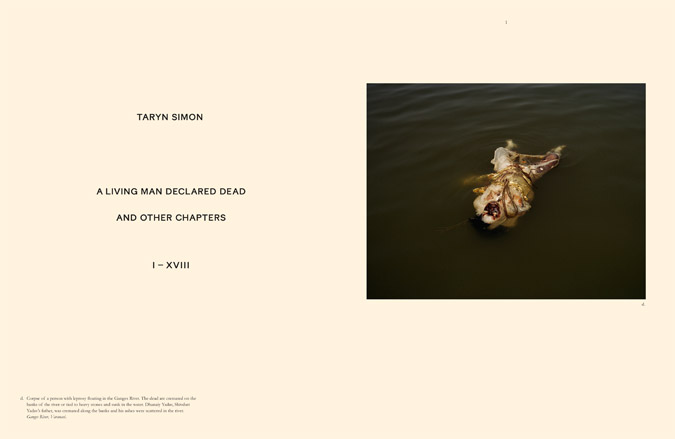
When previous projects have seen American artist Taryn Simon meticulously collecting 1,075 images of items seized from passengers entering the US from abroad, or the careful, laborious documentation of wrongful convictions in the US, your first impression may be of the incredibly political, obsessive and, one could almost argue, geeky nature of her work. The fact that she is the current darling of the art photography world, recently named 'an Annie Leibovitz of the conceptual world' by the Observer, and the guestlist at her recent opening at the Tate Modern included Stephen Spielberg, Cameron Diaz and Gwyneth Paltrow, may not be immediately obvious.
But then, that is probably how Simon would prefer to keep things. Despite being represented by Larry Gagosian, and her work being acquired by leading institutions including the Museum of Modern Art and the Whitney in NY, the Getty Museum in LA and the Pompidou Centre in Paris, her deeply serious and politically fraught work certainly shows no signs of being penetrated by the glitz and glamour that may currently be buzzing around her.
Her latest incredible body of work, a four-year odyssey entitled 'A Living Man Declared Dead and Other Chapters', currently showing at the Tate Modern in London and presented in an extensive and beautiful tome published by Mack, is a complex, multi-layered study of descendants of 18 different bloodlines from around the world, each with an arresting story at its heart. With 817 portraits systematically arranged, including 'empty' portraits representing living members of a bloodline who could not be photographed, the chapters include the story of an Indian man who discovered that he and members of his family had been listed as dead, an Iraqi man who was employed as Saddam Hussein's son's body double and test rabbits in Queensland, Australia which were first introduced there in 1859 for hunting purposes, but which the authorities are today struggling to keep under control.
Presented in a strict, structured appearance resembling an encyclopaedia, the ordering stands in stark contrast to the emotional elements embodied in the stories including violence, resilience, corruption and survival.
Born and brought up in New York, Simon was always passionate about photography, although she studied environmental science at Brown University. After having work published in the New York Times magazine and gaining a Guggenheim grant, her big break came in 2003 when her first book, The Innocents (Umbrage Editions), received huge critical acclaim. She has since had two further books published by Steidl, An American Index of the Hidden and Unfamiliar (2007) and Contraband (2010) and solo shows across the globe including the Whitney in New York, Museum Fur Moderne Kunst, Frankfurt and P.S.1 Contemporary Art Center, New York.
Next stop, the Venice Biennale, of course. And we, for one, can't wait to have a first peak. Check back next week to see our coverage of Simon's photographs at the Danish pavilion, and other work on show at the most significant art event in the world.
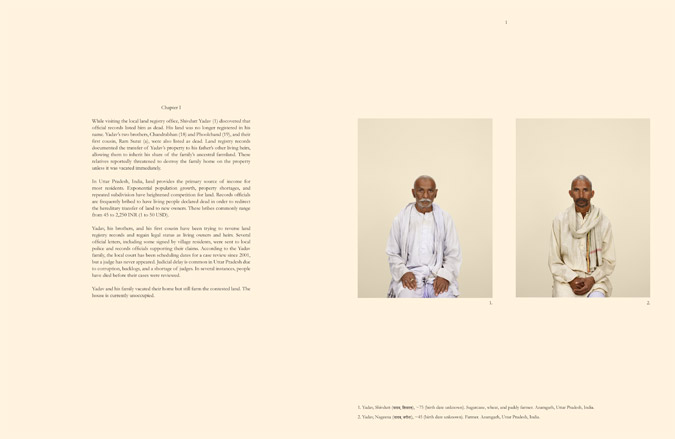
Left, Yadav, Shivdutt. Right, Yadav, Nageena
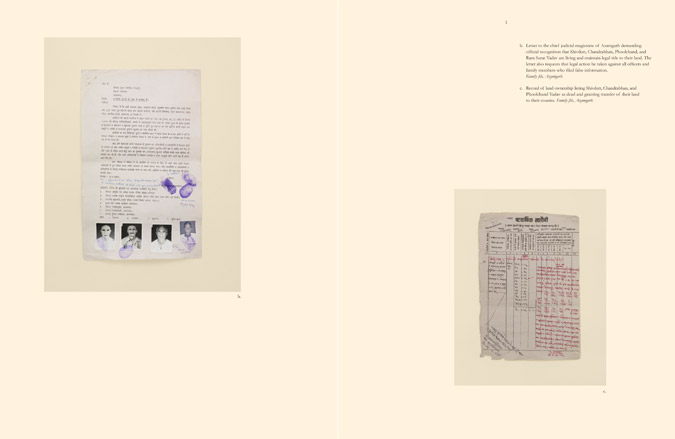
The portraits are also accompanied by other photographs that help tell the narrative. Here on the left is the letter to the chief judicial magistrate of Azamgarh demanding official recognition that Shivdutt, Chandrabhan, Phoolchand and Ram Surat Yadav are living and maintain legal title to their land. Right, is the record of land ownership listing Shivdutt, Chandrabhan, and Phoolchand Yadav as dead and granting transfer of their land to their cousins
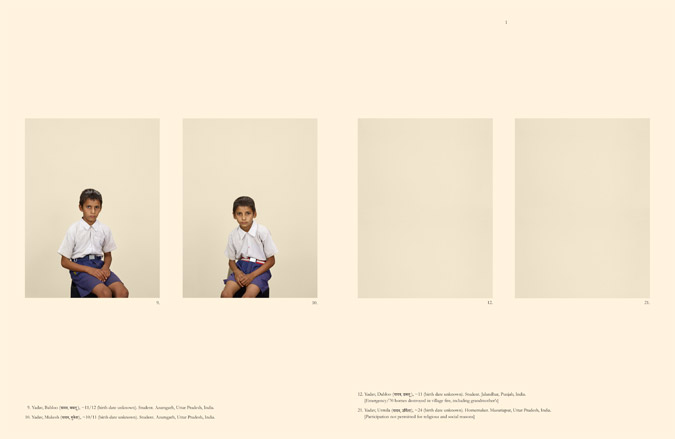
Taryn Simon also includes empty portraits of those who couldn't be photographed. From left, Yadav, Babloo; Yadav Mukesh; Yadav, Urmila; Yadav Amit
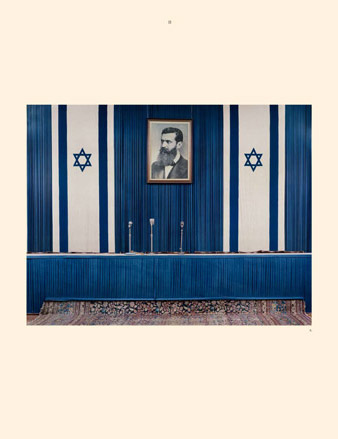
Chapter II focuses on Arthur Ruppin who was sent by the Zionist Organization to Palestine in 1907 and committed himself to the establishment of an independent Jewish state through continued land acquisition and settlement
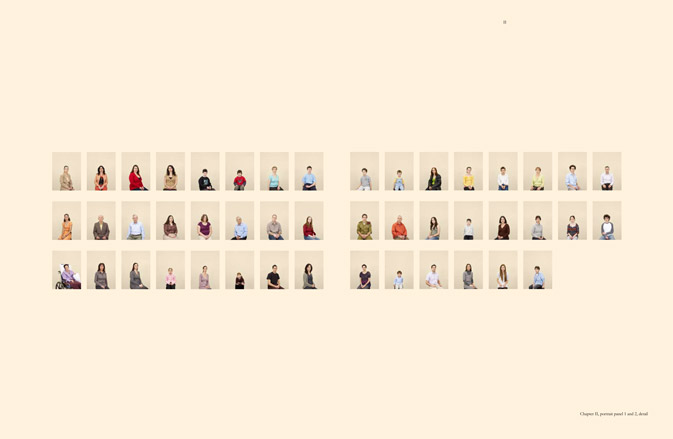
Portrait panel of Arthur Ruppin's bloodline
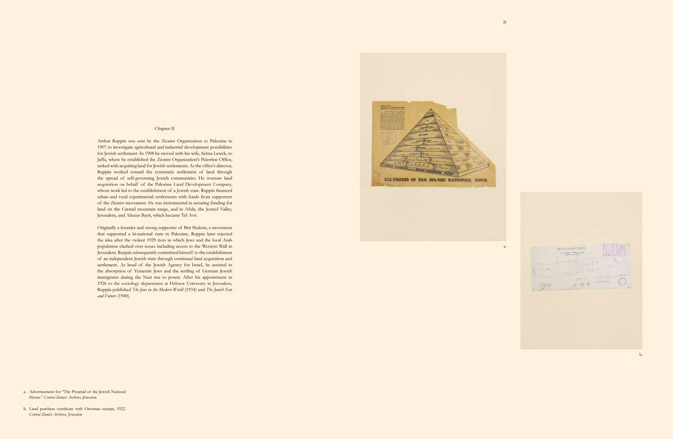
Advertisement for the 'The Pyramid of the Jewish National Home'
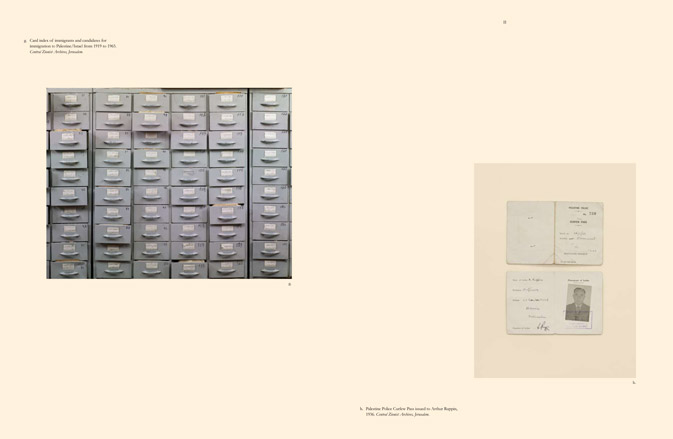
Card index of immigrants and candidates for immigration to Palestine/Isreal from 1919 to 1965 and Palestine Police Curfew Pass issued to Arthur Ruppin
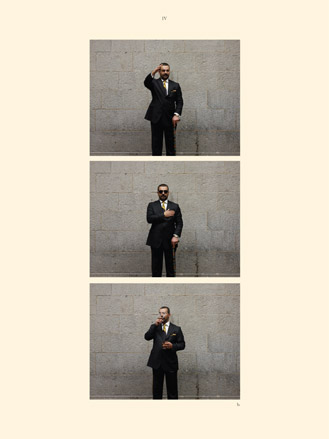
Chapter IV charts Latif Yahia (pictured) who claims to have been the body double of Uday Hussein, Saddam Hussein's son
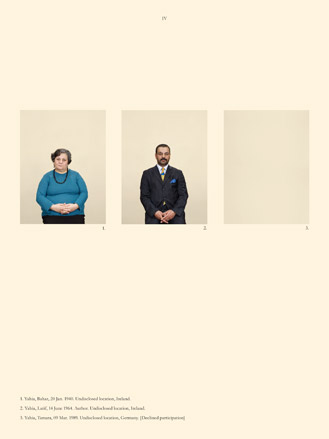
From left, Yahia, Bahar; Yahia Latif; Yahia Tamara
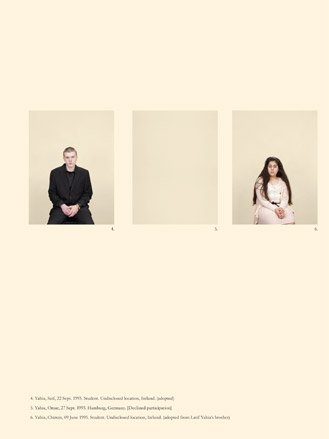
From left, Yahia Saif; Yahia Omar; Yahia Chimin
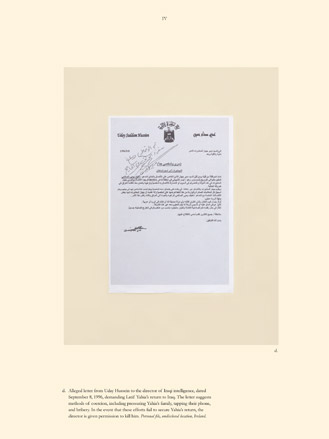
Alleged letter from Uday Hussein to the director of Iraqi intelligence demanding Latif Yahia's return to Iraq
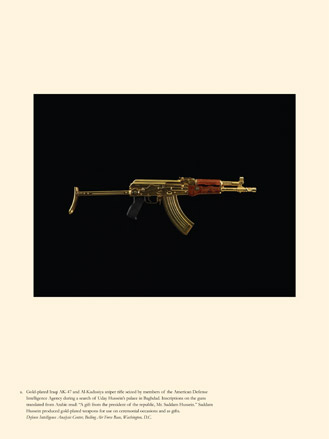
Gold-plated Iraqi AK-47 seized by members of the American Defense Intelligence Agency during a search of Uday Hussein's palace in Baghdad
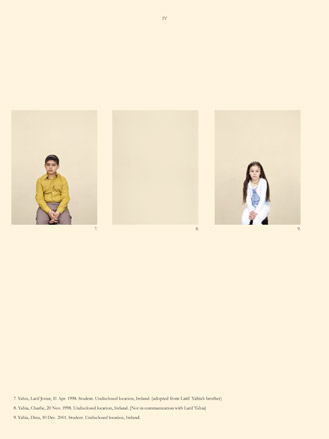
From left, Yahia, Latif Jotiar; Yahia, Charlie; Yahia Dina
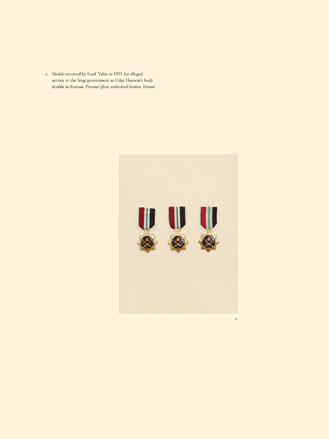
Medals received by Latif Yahia in 1991 for alleged service to the Iraqi government as Uday Hussein's body double in Kuwait
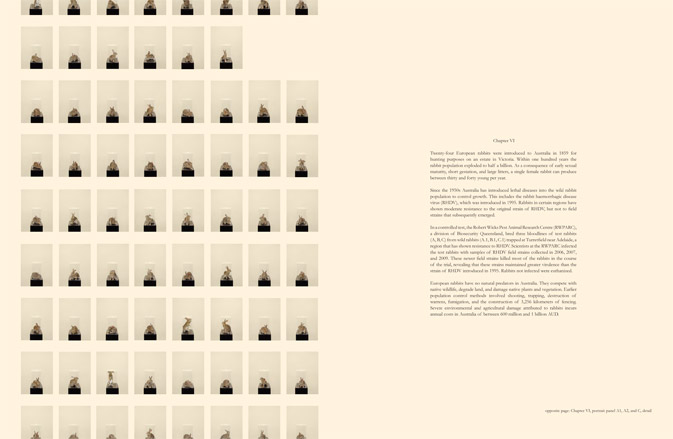
Chapter VI took Taryn Simon to Queensland Australia, where she studied and photographed the bloodlines of test rabbits. First introduced here in 1859 for hunting purposes, the authorities are today struggling to keep their growth under control
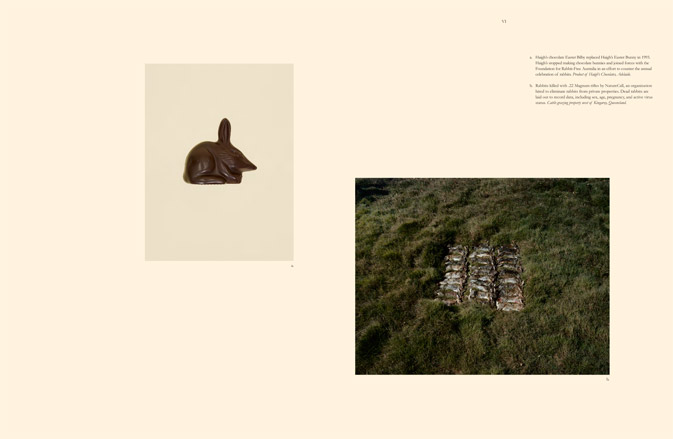
Left, Haigh's chocolate Easter Bilby replaced Haigh's Easter Bunny in 1993 having joined forces with the Foundation for Rabbit-Free Australia and to counter the annual celebration of rabbits. Right, Rabbits killed by NatureCall, an organization set up in an effort to elimate rabbits from private properties
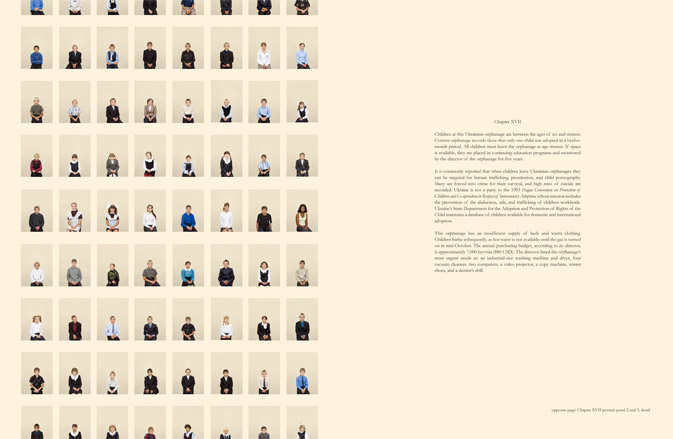
Chapter XVII focuses on children aged between six and 16. Current orphanage records show that only one child was adopted in a 12-month period
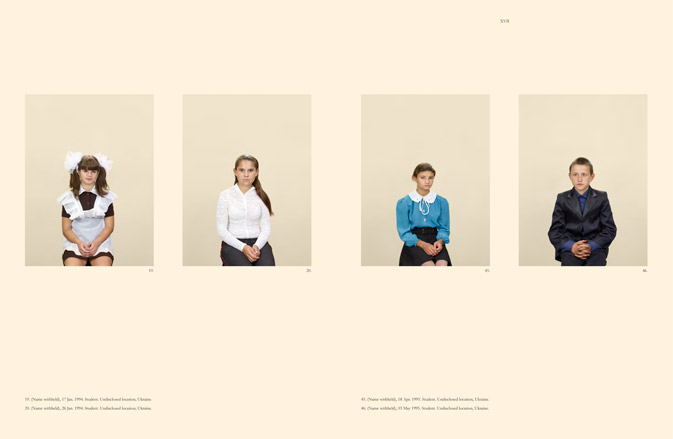
All the children's names have been withheld
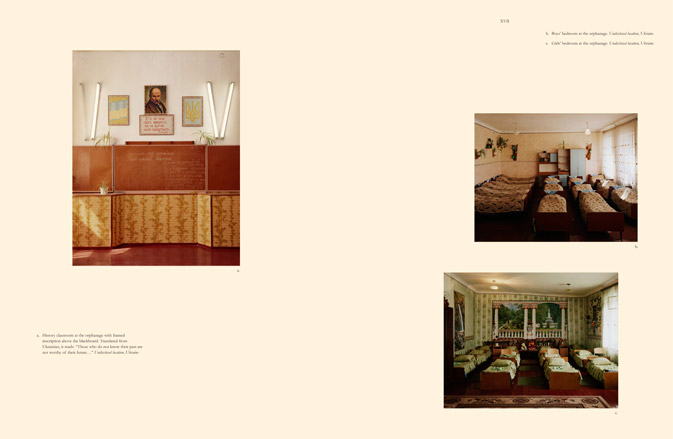
Left; History classroom at the orphanage with framed inscription above the blackboard. Translated from Ukrinian, it reads: 'Those who do not know their past are not worthy of their future..'. Right above, boys' bedroom at the orphanage. Below, girls' bedroom at the orphanage
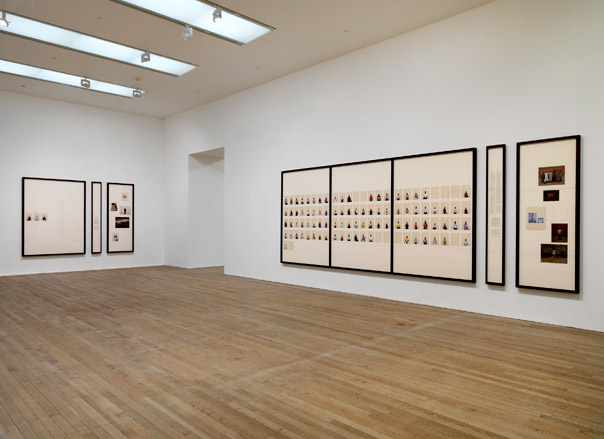
Installation view of the show at the Tate Modern
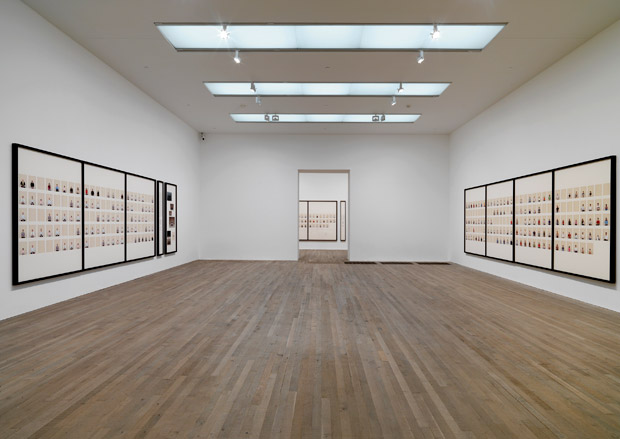
Installation view of the show at the Tate Modern
Receive our daily digest of inspiration, escapism and design stories from around the world direct to your inbox.
-
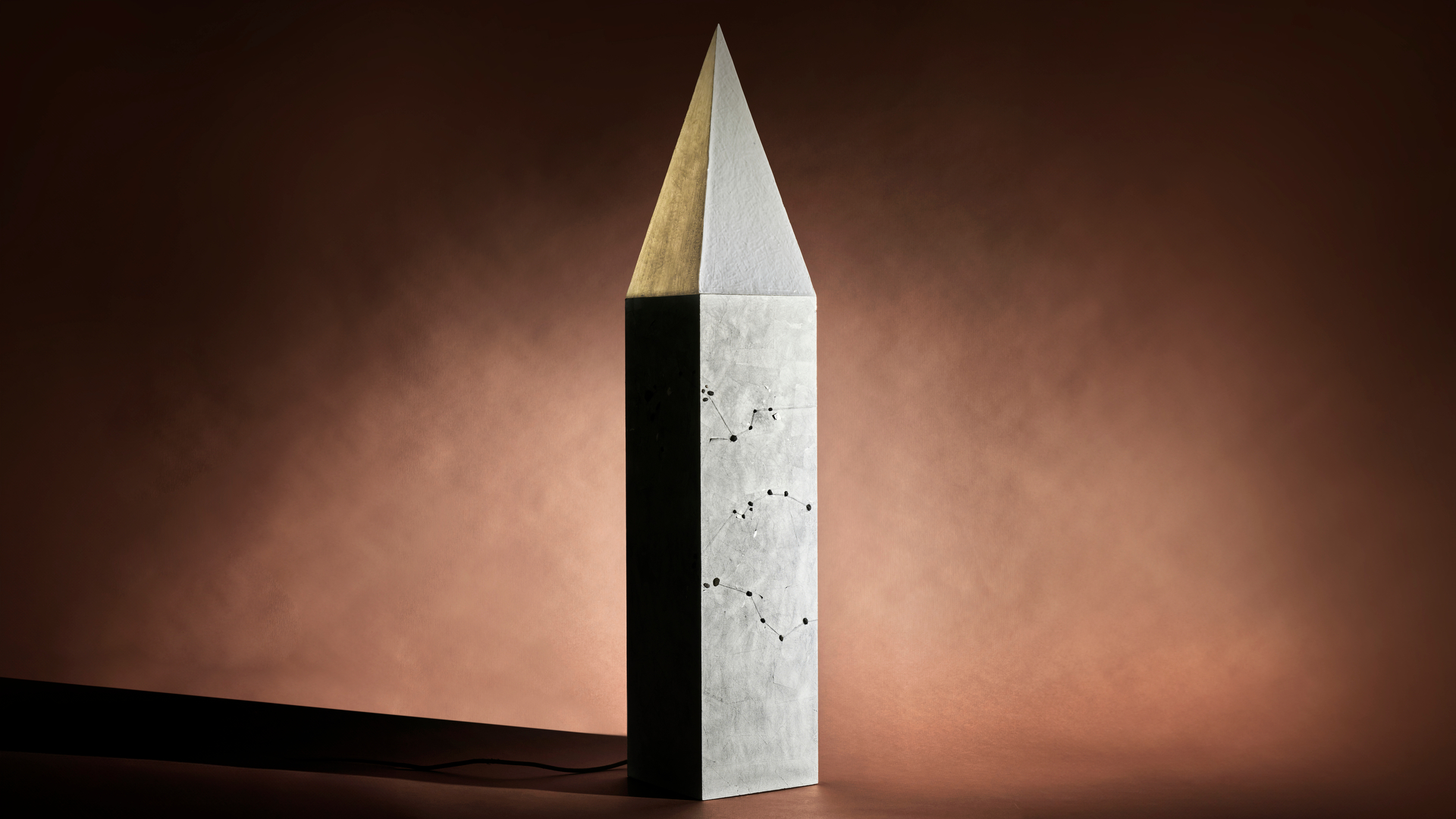 Design studio Palma is a tale of twos, where art and architecture meet
Design studio Palma is a tale of twos, where art and architecture meetWallpaper* Future Icons: in São Paulo, artist Cleo Döbberthin and architect Lorenzo Lo Schiavo blur the lines between making and meaning. Through Palma, they explore a dialogue shaped by material, memory and touch.
-
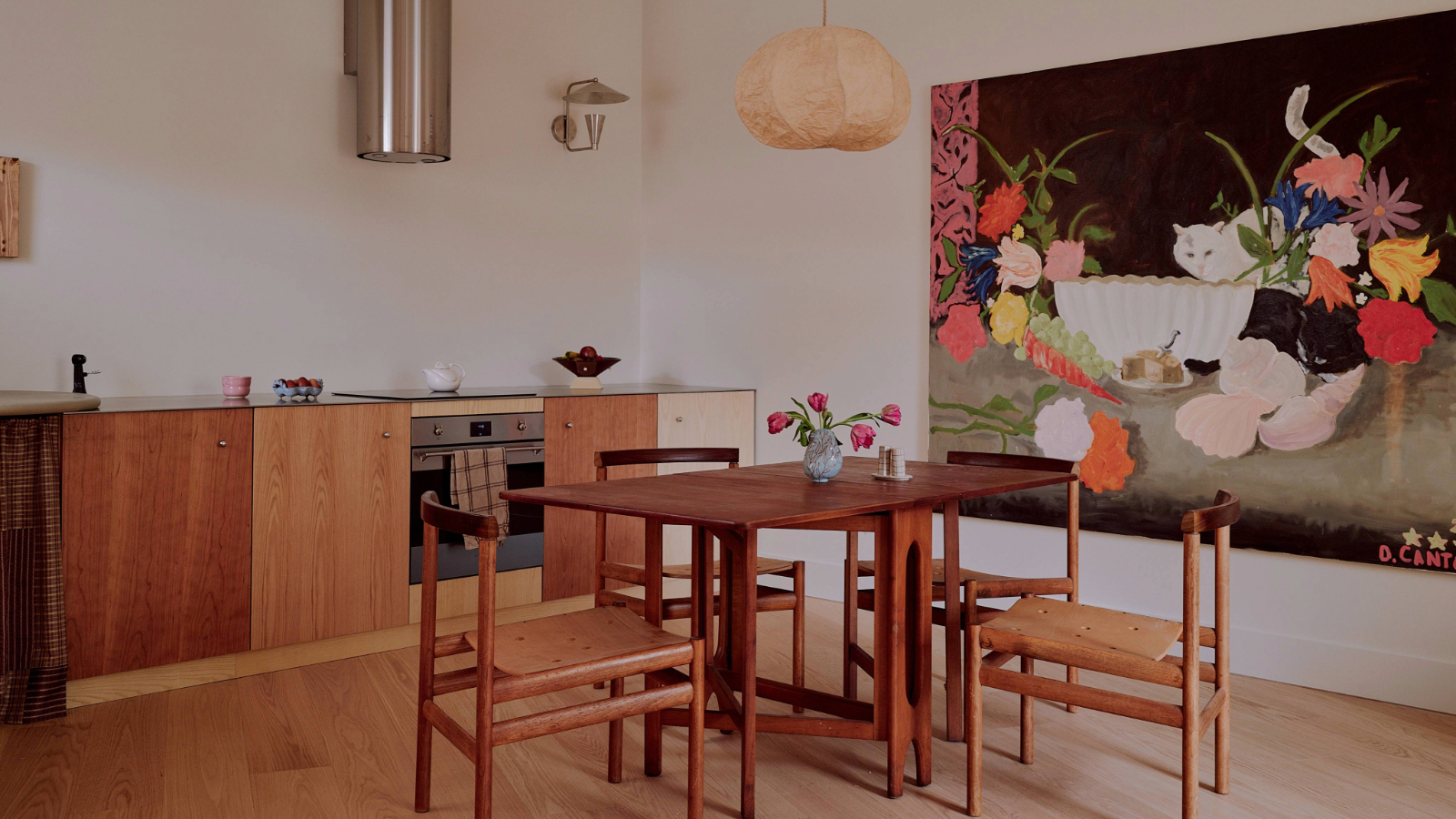 This curved brick home by Flawk blends quiet sophistication and playful details
This curved brick home by Flawk blends quiet sophistication and playful detailsDistilling developer Flawk’s belief that architecture can be joyful, precise and human, Runda brings a curving, sculptural form to a quiet corner of north London
-
 Usher opens up about breakfast playlists, banana pudding and why a glass tumbler is always on his rider
Usher opens up about breakfast playlists, banana pudding and why a glass tumbler is always on his riderOn the heels of a collaboration with Baccarat, the Grammy-winning singer-songwriter breaks down his entertaining tips. 'Hosting is an expression of how you feel about your guests and also who you are.'
-
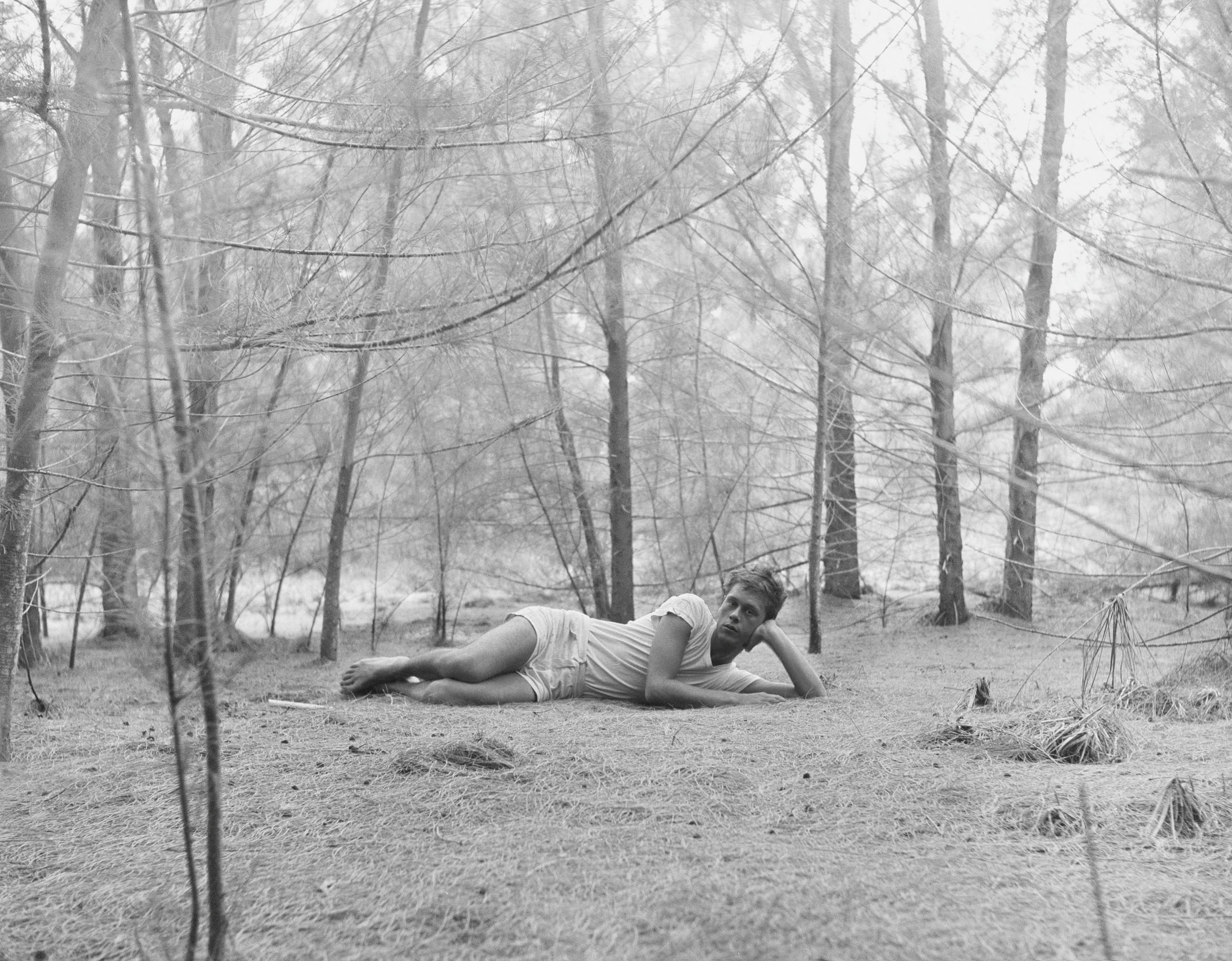 Inside the seductive and mischievous relationship between Paul Thek and Peter Hujar
Inside the seductive and mischievous relationship between Paul Thek and Peter HujarUntil now, little has been known about the deep friendship between artist Thek and photographer Hujar, something set to change with the release of their previously unpublished letters and photographs
-
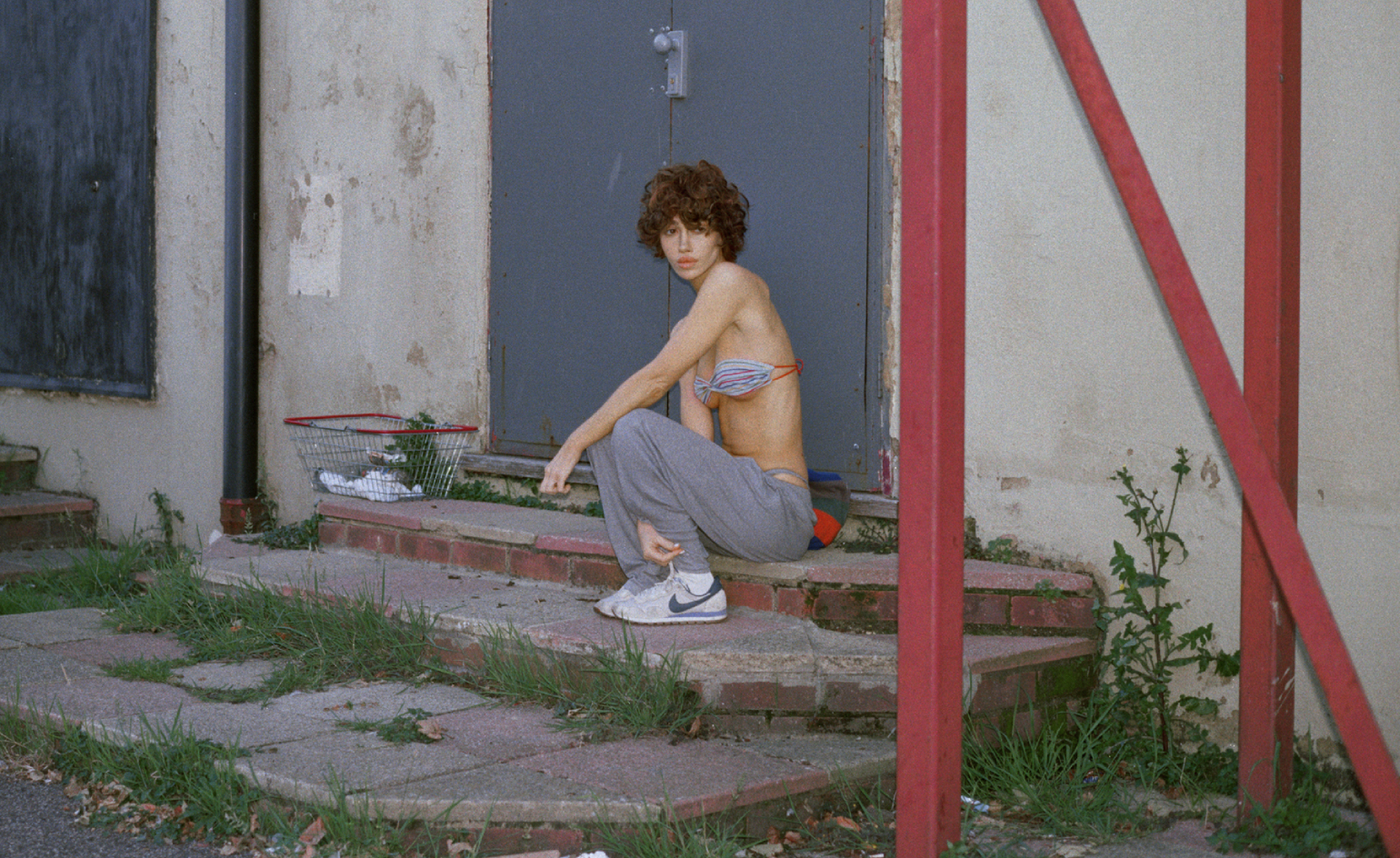 Nadia Lee Cohen distils a distant American memory into an unflinching new photo book
Nadia Lee Cohen distils a distant American memory into an unflinching new photo book‘Holy Ohio’ documents the British photographer and filmmaker’s personal journey as she reconnects with distant family and her earliest American memories
-
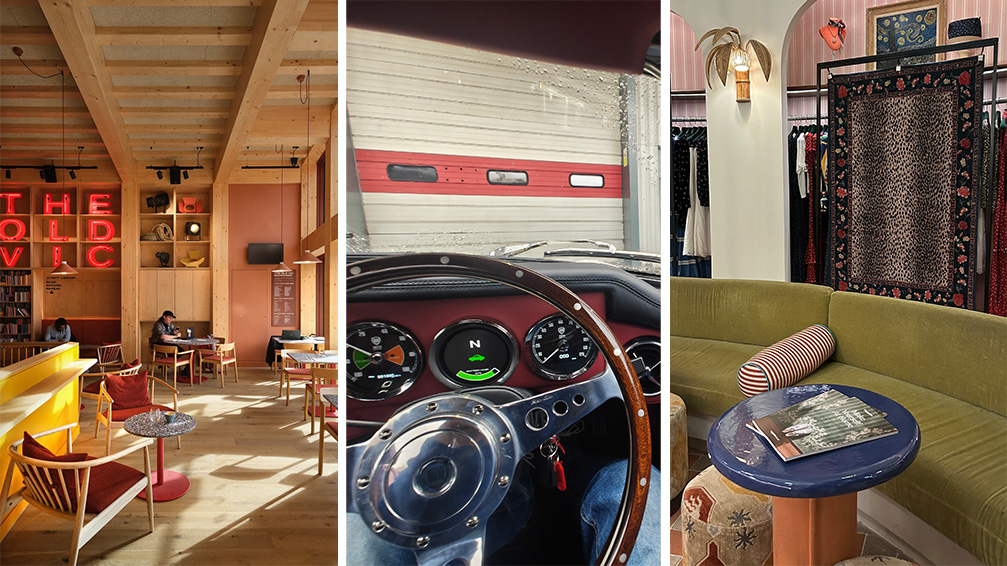 Out of office: The Wallpaper* editors’ picks of the week
Out of office: The Wallpaper* editors’ picks of the weekThe rain is falling, the nights are closing in, and it’s still a bit too early to get excited for Christmas, but this week, the Wallpaper* team brought warmth to the gloom with cosy interiors, good books, and a Hebridean dram
-
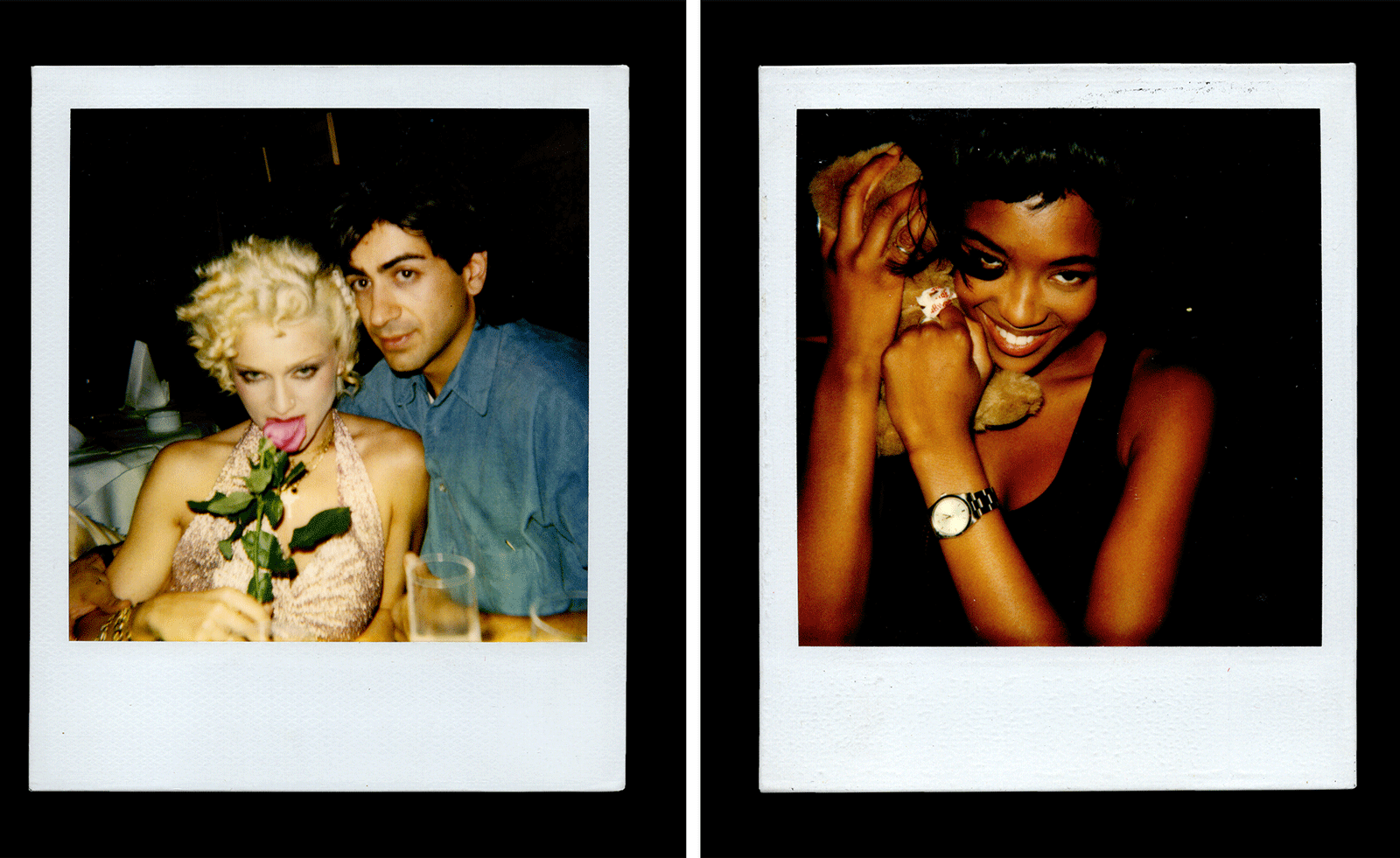 Inside Davé, Polaroids from a little-known Paris hotspot where the A-list played
Inside Davé, Polaroids from a little-known Paris hotspot where the A-list playedChinese restaurant Davé drew in A-list celebrities for three decades. What happened behind closed doors? A new book of Polaroids looks back
-
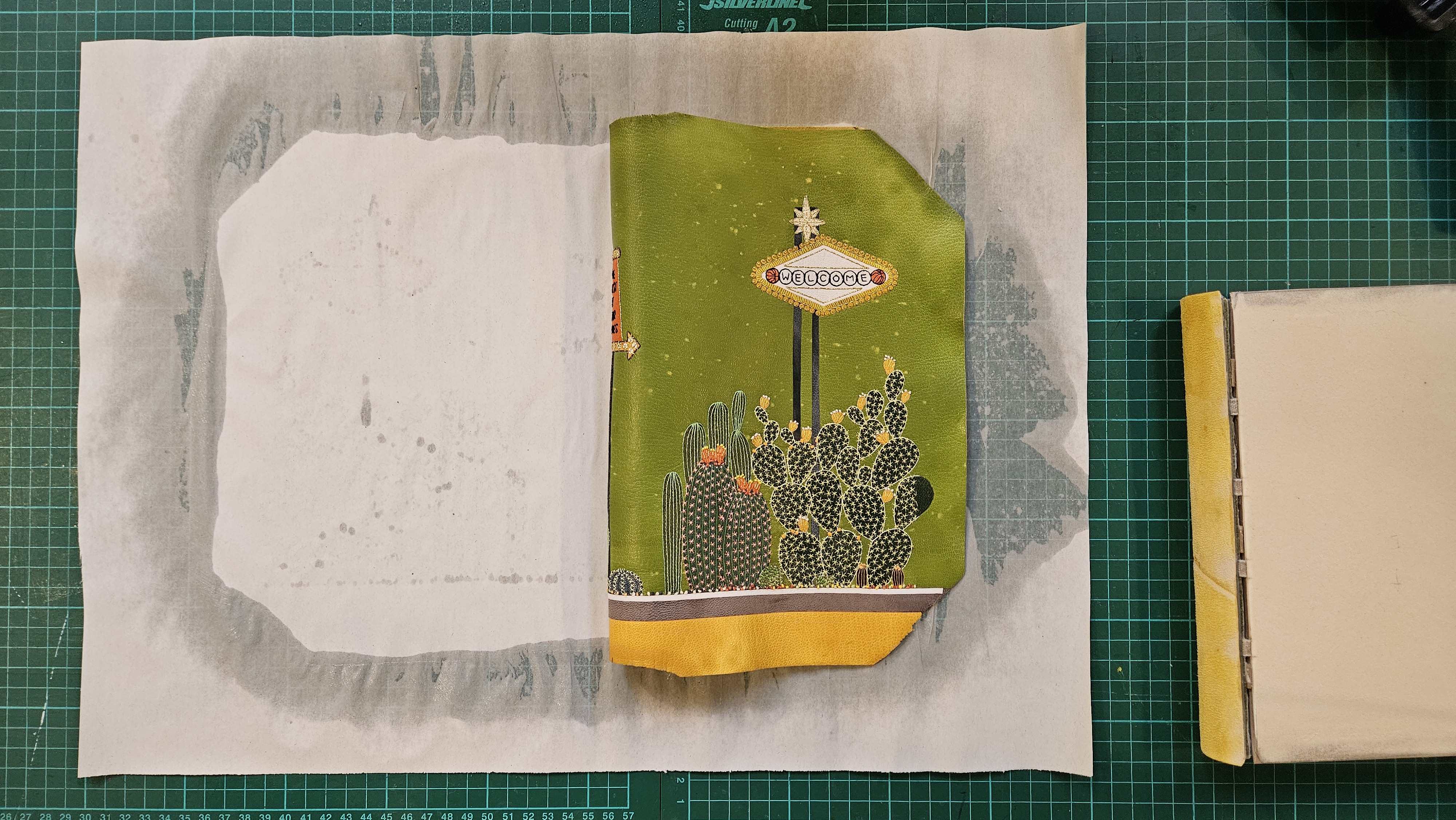 Inside the process of creating the one-of-a-kind book edition gifted to the Booker Prize shortlisted authors
Inside the process of creating the one-of-a-kind book edition gifted to the Booker Prize shortlisted authorsFor over 30 years each work on the Booker Prize shortlist are assigned an artisan bookbinder to produce a one-off edition for the author. We meet one of the artists behind this year’s creations
-
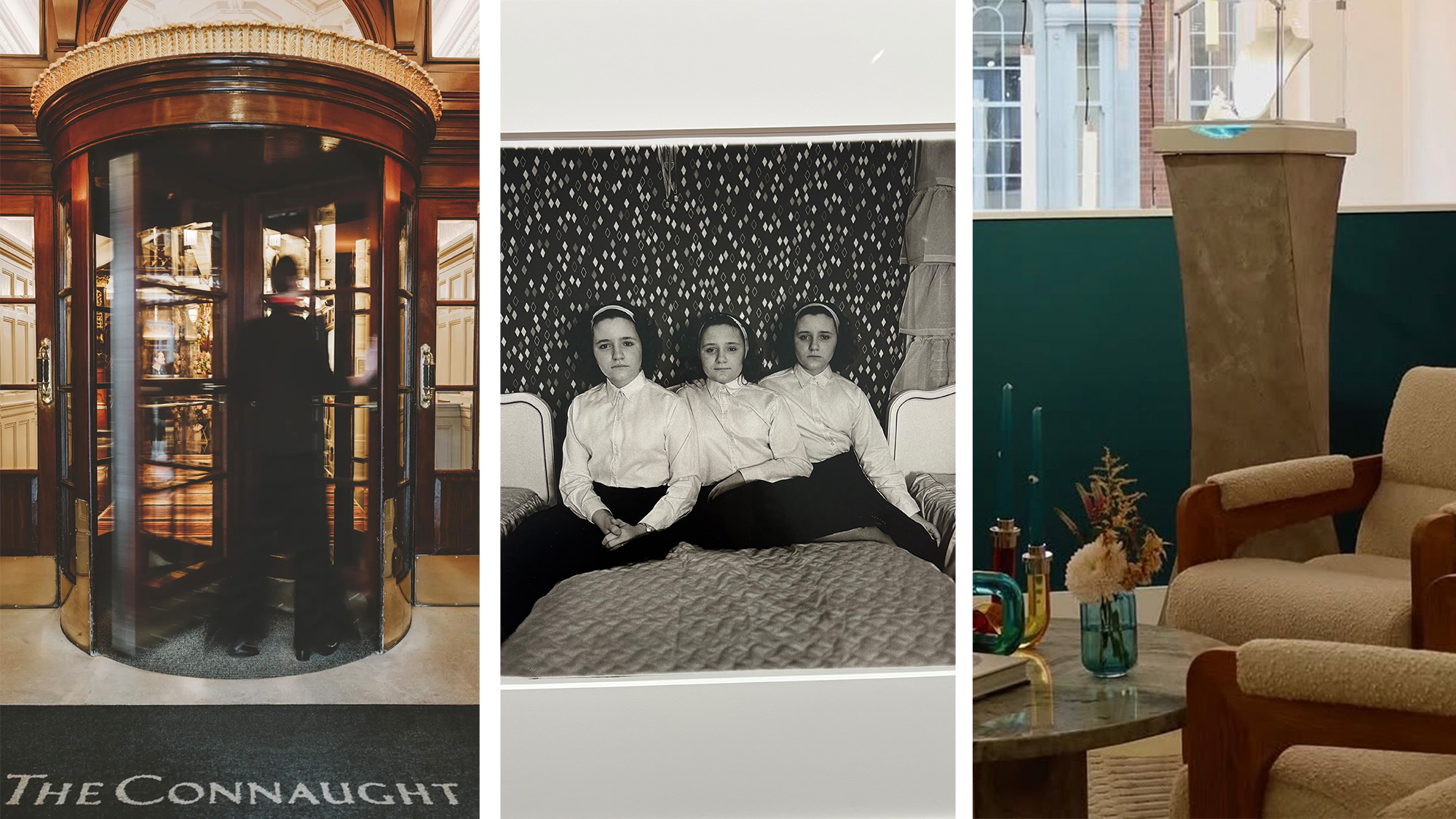 Out of office: The Wallpaper* editors’ picks of the week
Out of office: The Wallpaper* editors’ picks of the weekThis week, the Wallpaper* editors curated a diverse mix of experiences, from meeting diamond entrepreneurs and exploring perfume exhibitions to indulging in the the spectacle of a Middle Eastern Christmas
-
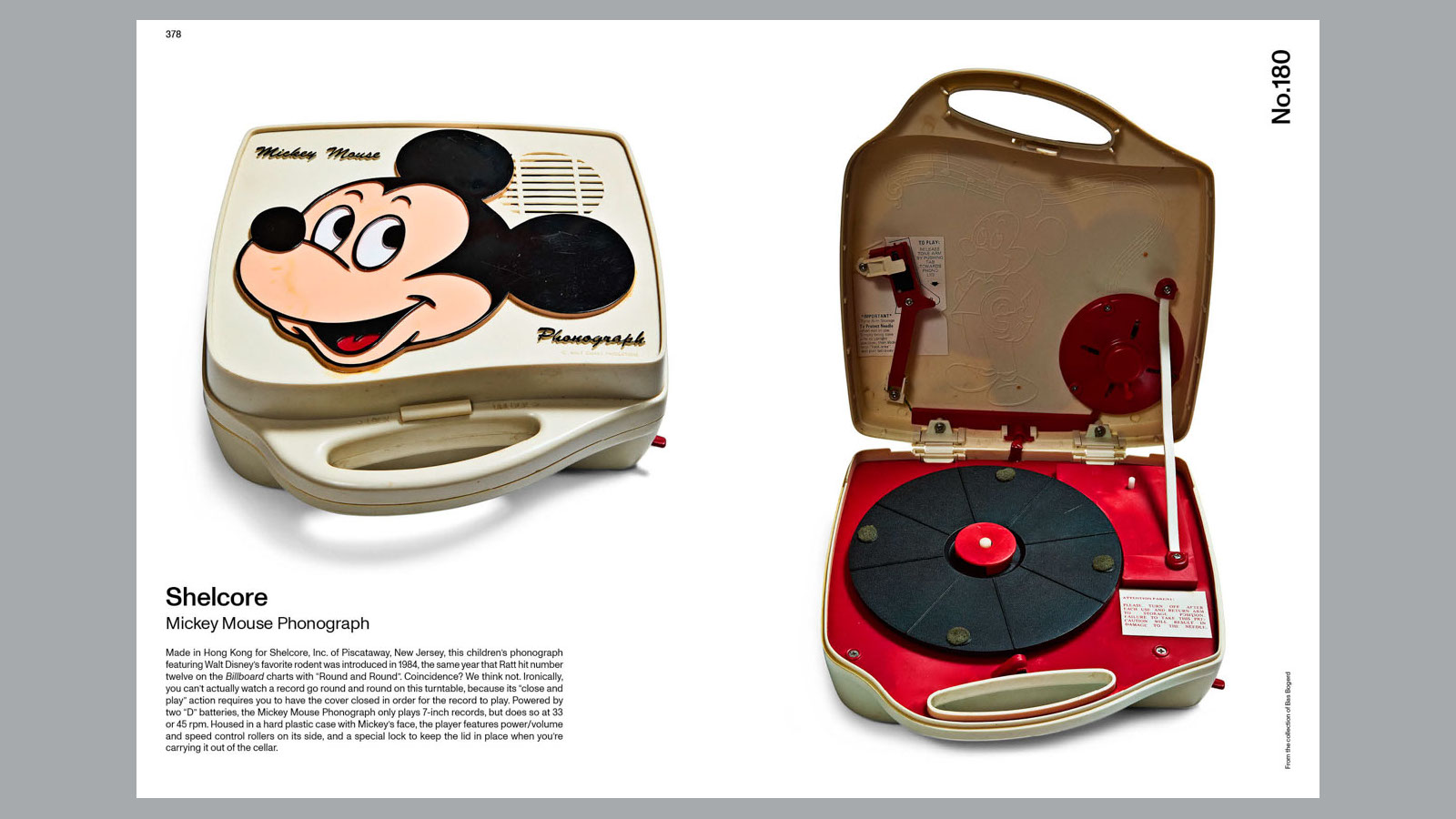 14 of the best new books for music buffs
14 of the best new books for music buffsFrom music-making tech to NME cover stars, portable turntables and the story behind industry legends – new books about the culture and craft of recorded sound
-
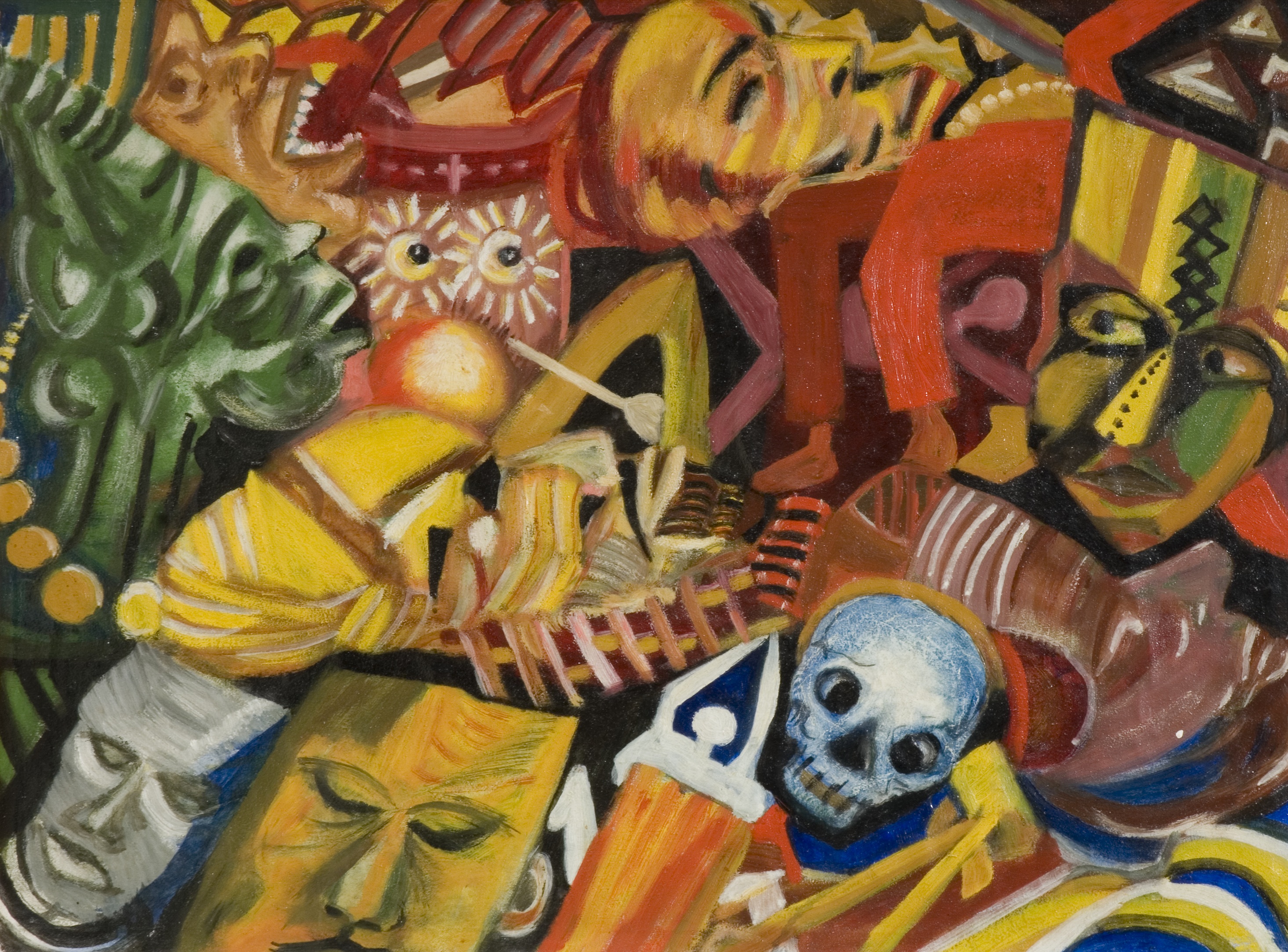 ‘Nigerian Modernism’ at Tate Modern: how a nation rewrote the rules of art
‘Nigerian Modernism’ at Tate Modern: how a nation rewrote the rules of artAt Tate Modern, ‘Nigerian Modernism’ redefines what we mean by modern art. Tracing a half-century of creative resistance, the landmark exhibition celebrates Nigeria’s artists as pioneers of form, freedom and cultural imagination.